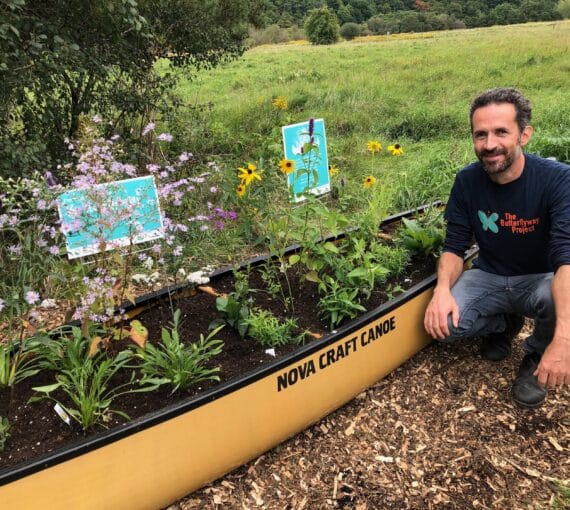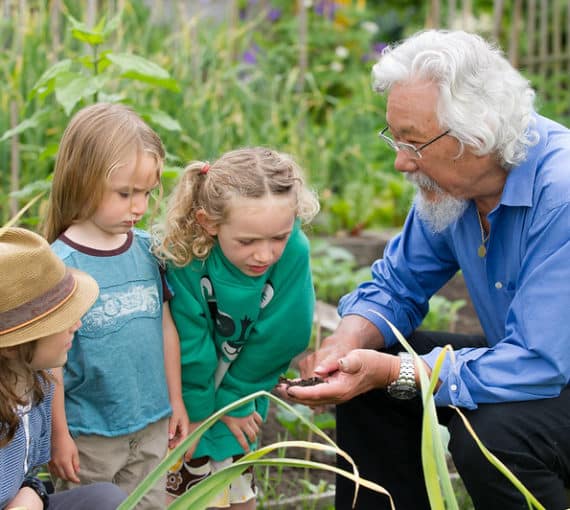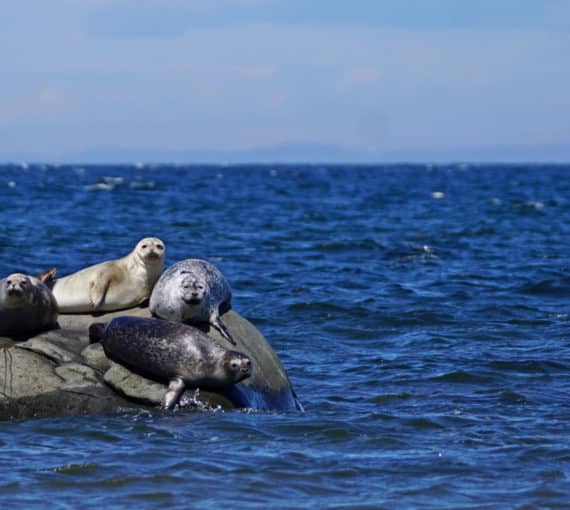
We don’t stand outside of or above nature; we’re part of it. (Photo: Josh Willink via Pexels)
Up until about 400 years ago, it was widely accepted that Earth was at the centre of the universe, and everything revolved around it.
When scientist Galileo Galilei challenged this “geocentric” view — confirming Nicolaus Copernicus’s “heliocentric” theory that planets revolve around the sun — he was charged with heresy by the Catholic Inquisition, a crime punishable by death. In 1633, he was sentenced to life imprisonment.
Galileo died under house arrest in 1642, but the Church didn’t lift its ban on heliocentric works until 1757. Despite the evidence, heliocentrism threatened a world view that put humans at the centre of “creation.”
Understanding of our place in the cosmos may have advanced considerably over the past few hundred years, but we’re still largely operating from an “anthropocentric” (human-centred) if not geocentric mind-set. That is, we see humans as the pinnacle of existence, on a level well beyond that of other life.
That perspective is also facing challenges in light of growing scientific evidence. In western culture especially, plants and animals have long been considered rudimentary life forms, incapable of the advanced cognition and communication skills of humans. That’s given us justification to exploit nature without much thought about the consequences.
That’s given us justification to exploit nature without much thought about the consequences.
But scientific research is starting to confirm what many Indigenous Peoples have long known: that other life forms, and perhaps even non-living things, are as much our kin as they are objects to be used for our purposes.
From sentient bees to self-aware crows to plants that call out when they’re stressed, the living world is turning out to be far more fascinating and complex than we imagined.
Stephen Buchmann, a pollination ecologist and author of What a Bee Knows: Exploring the Thoughts, Memories and Personalities of Bees, has studied bees for more than 40 years. He argues that these tiny insects “can demonstrate sophisticated emotions resembling optimism, frustration, playfulness and fear” and “can experience PTSD-like symptoms, recognize different human faces, process long-term memories while sleeping, and maybe even dream,” the Guardian reports.
other life forms, and perhaps even non-living things, are as much our kin as they are objects to be used for our purposes
Oliver Milman, a Guardian writer and author of The Insect Crisis: The Fall of the Tiny Empires that Run the World, says, “Honeybees understand the concept of zero, can add and subtract numbers and can even be trained to detect land mines more effectively than sniffer dogs.” And some bumblebees “can be taught to play soccer, and remember good and bad experiences, suggesting they have a form of consciousness.”
As for crows and other corvids, research shows they “know what they know and can ponder the content of their own minds,” which is “a cornerstone of self-awareness and shared by just a handful of animal species beside humans, such as monkeys and great apes,” a Popular Mechanics article reports. They can “also use their complex brains to find creative solutions, such as dropping nuts on the road so passing cars can crack them open.”
We’re also learning that plants have complex abilities that allow them to communicate and care for each other. Research by scientists such as Suzanne Simard at the University of British Columbia, popularized in books by Peter Wohlleben and others, including me, show that trees share nutrients through fungal networks and can warn each other of threats.
What much of this research shows is that we have been, and still are, operating on a limited understanding of nature and how it’s all interconnected.
New research has found that some plants emit high-pitched sounds when they experience stress from damage or dehydration. Although these are at frequencies humans can’t hear, they could theoretically be detected by other animals.
Although there’s “no evidence that the plants were making the sounds on purpose,” researchers were able to distinguish between the different plants and the types of stress they were experiencing by the rate of sounds, according to Smithsonian Magazine.
What much of this research shows is that we have been, and still are, operating on a limited understanding of nature and how it’s all interconnected. We don’t stand outside of or above nature; we’re part of it. This is why many Indigenous Peoples regard nature as “kin” to which we are connected rather than “resources” to be exploited.
We’ll no doubt continue to learn more about the world around us, which will necessarily change our perspective. We rely on nature for sustenance, but even the limited knowledge we have shows that we must fulfil our needs with greater humility and respect for all existence.



